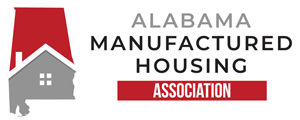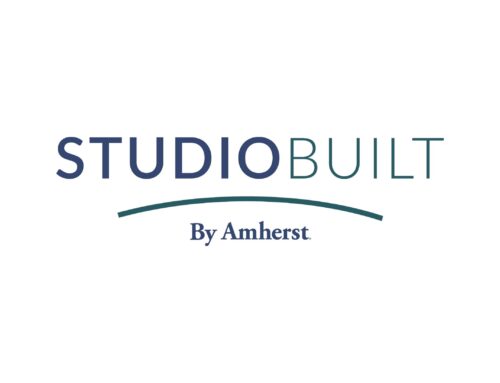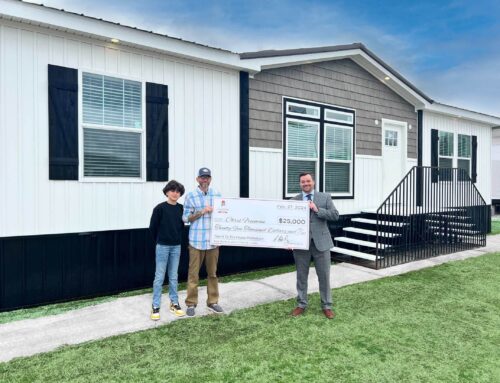
How Manufactured Housing is Easing the Affordable Housing Crisis
The United State is in the midst of an affordable housing crisis, driven, in part, by the fact that there aren’t enough homes in America right now to satisfy demand. According to Home Advisor, the average cost to build a new, site-built house in 2019 comes in at $296,828, which would put a 2,000 square foot home costing about $150 per square foot. This varies greatly, however, depending on variables involved (location, layout, amenities, etc.) For example, Capitol Weekly reports that new California homes are being sold at two-and-half times the national average and rents are twice as much, with the median home value in California standing at $600,860.
Drivers Behind the Affordable Housing Crisis
Building a new home is an opportunity to meet a homeowner’s design and usability requirements, but from-scratch, site-built construction can be a daunting task, especially when it comes to price.
According to Housing Wire, housing prices are rising 80 percent faster than U.S. wages. A shortage of housing inventory, a deepening construction labor shortage, and high land costs are fueling the crisis. High costs and labor shortages mean builders can’t build fast enough to keep up with demand and formation. This has pushed home prices beyond their pre-financial collapse peaks, leaving prospective homebuyers without an affordable option. While there’s no easy fix, one suggested solution seems to pose a best-bet opportunity for home buyers: investing in manufactured housing.
Affordable Housing with a Manufactured Home
Manufactured housing is already a major part of the solution. More than 22 million people in the U.S. live in manufactured housing. In many parts of the U.S., homes like these are the least expensive kind of housing available without a government subsidy.
Manufactured houses are built in a factory, transported to a site, and installed on-site. According to the U.S. Census, the cost to buy a manufactured home averages about $70,600, a mere fraction of the average $286,000 for a single-family site-built home, not including land costs.
Whether desiring to support a current manufactured home community or envisioning a new single-family manufactured home development, the possibilities for excellent living at truly affordable rates make manufactured homes an exciting option in the affordable housing toolbox, thus easing the potential pain and impact of the affordable housing crisis. Following, we take a closer look at the ways in which manufactured housing helps homeowners to save.
Ease in Manufacturing
Efficient manufacturing (in a factory, a weather- and condition-controlled environment) reduces production costs and high-density. Even more, low impact development promotes smart growth and newer manufactured homes often outperform site-built housing in both quality and design, as they must meet their own set of quality and criteria standards.
Cost Savings with Energy Efficiency
Today’s manufactured homes are safe and energy efficient. In 1976, the U.S, Department of Housing and Urban Development set standards for manufactured housing which guide their construction, design, and performance. Strict standards mean that today’s manufactured homes are both safe and energy efficient.
While being built, manufactured homes are continually inspected. All manufactured homes must meet HUD’s and the Department of Energy’s standards for safety and energy efficiency. After the home is installed, it is inspected again by the State of Alabama to make sure that it was installed to the state’s standards. A new manufactured home can be quickly installed and customized with numerous features.
Value Appreciation
A long-standing argument against manufactured homes is that they lose their value, making them a risky option for those looking to build equity, but that’s simply not true. When a manufactured home is properly installed on land with long-term security, it can become an asset-builder for homeowners. The most important factors affecting appreciation are land control, financing, and titling. Under the right circumstances, there is no inherent reason why a home built in a factory cannot appreciate as a comparable site-built home would.
For millions of homebuyers, a manufactured home is the smart choice: an affordable investment with the potential to appreciate in value over time.
Mortgage Flexibility
New mortgage options continue to expand the financing benefits and savings associated with manufactured homes. For example, earlier this year, Fannie Mae introduced MH Advantage. The program says homes must meet certain requirements to be eligible for the loan program and, if they do, they receive great benefit.
These requirements are designed to make eligible homes fit in seamlessly with their stick-built counterparts in neighborhoods. The MH Advantage program allows borrowers to make a minimum three percent down payment, further assisting the path to homeownership. Another great mortgage option is Freddie Mac’s CHOICEHome program.
With a growing gap between the supply-and-demand of housing and its associated costs, manufactured homes are one of the faster and more affordable ways to provide housing for potential homeowners who have been impacted by the affordable housing crisis.
Want to learn more about the opportunities granted with manufactured housing? Want to start searching for retailers and manufactured home communities throughout the great state of Alabama? Visit the Alabama Manufactured Housing Association website.






